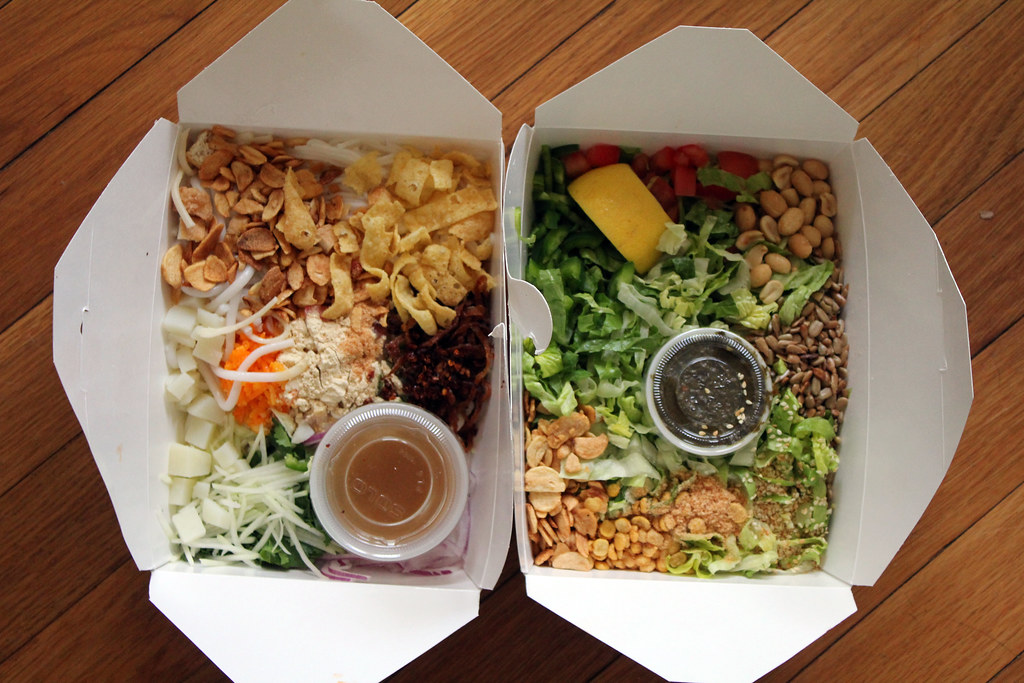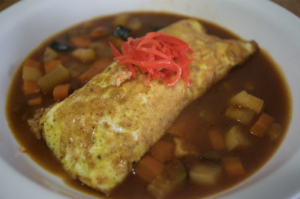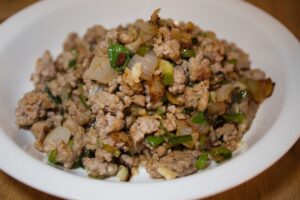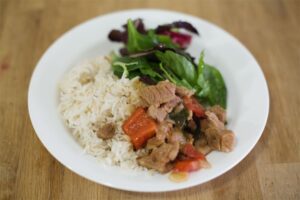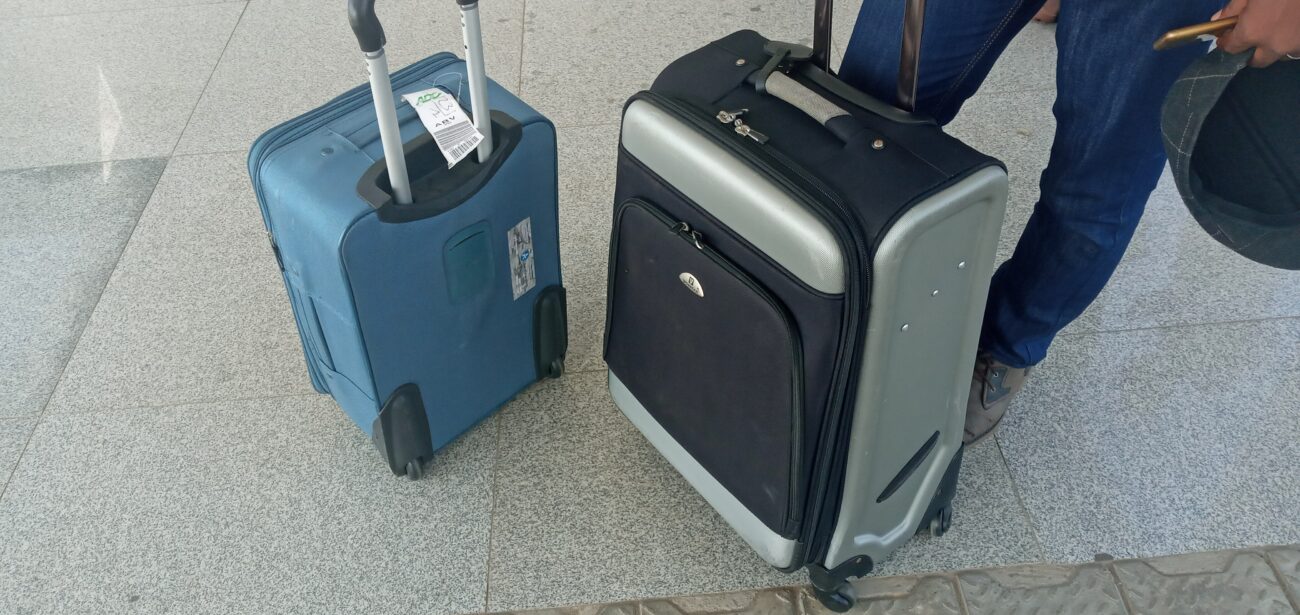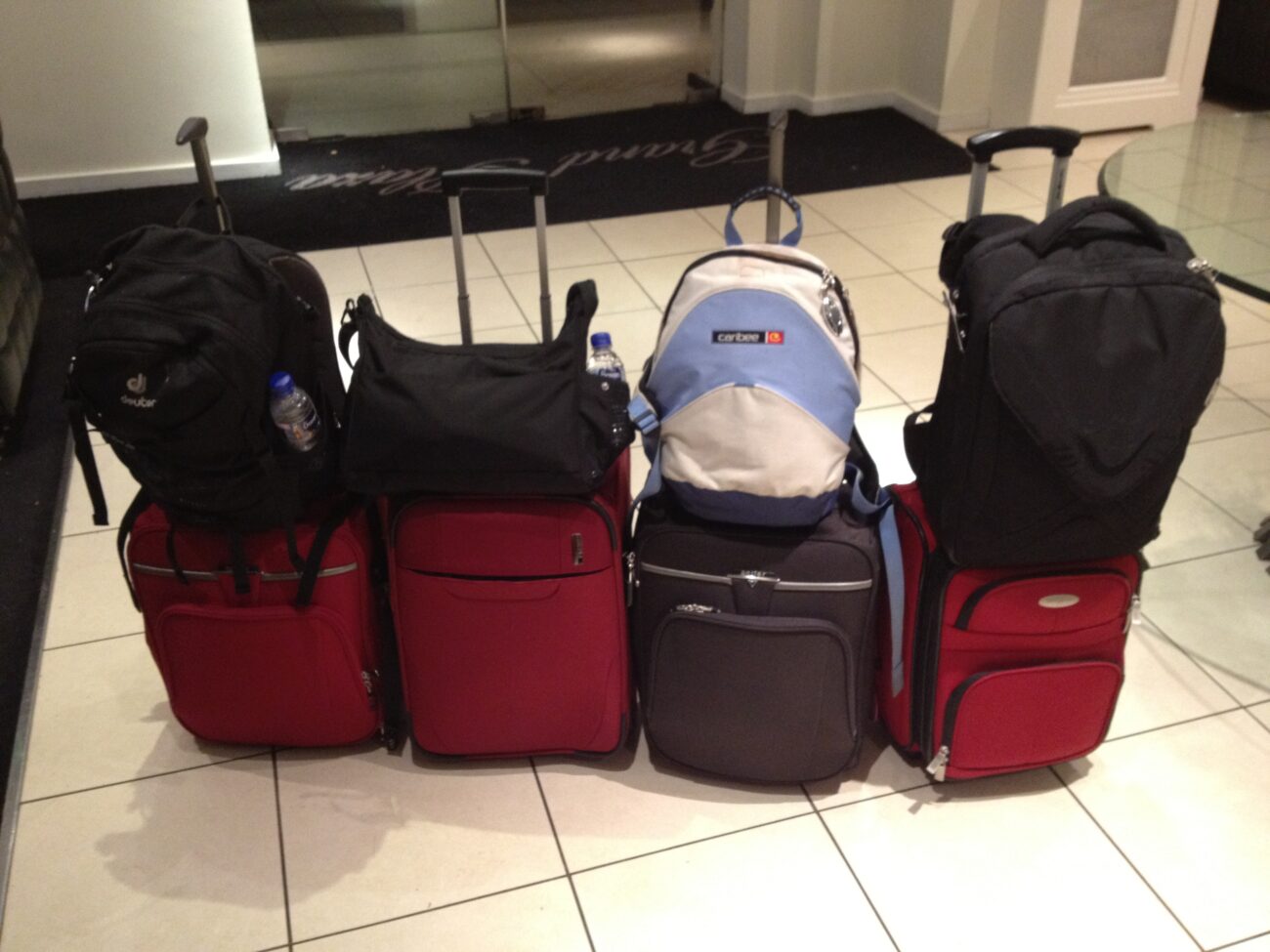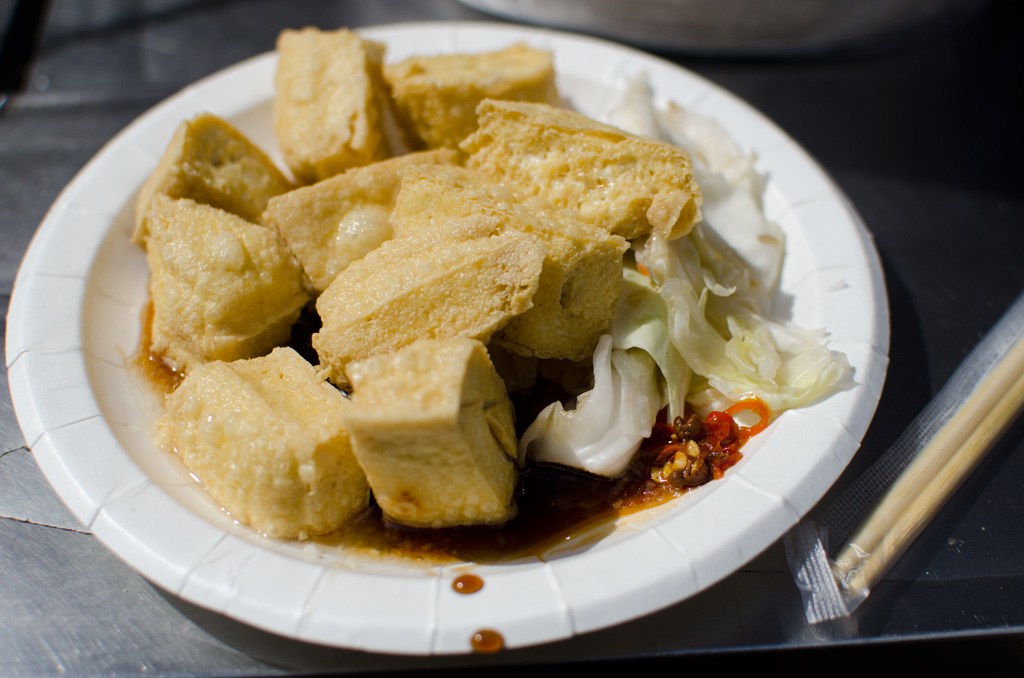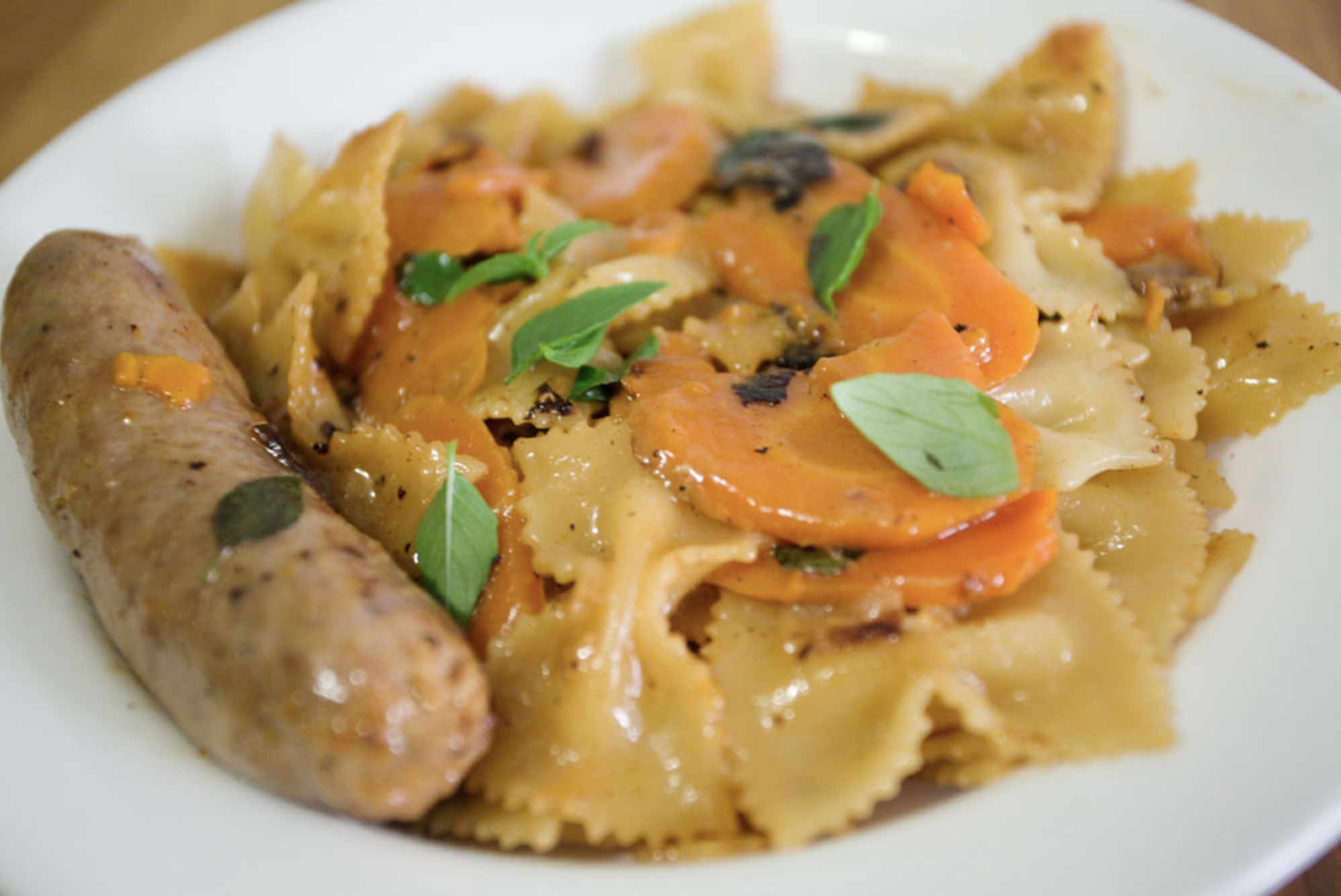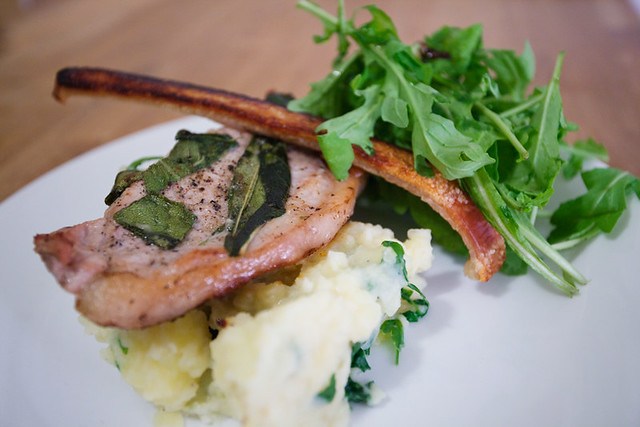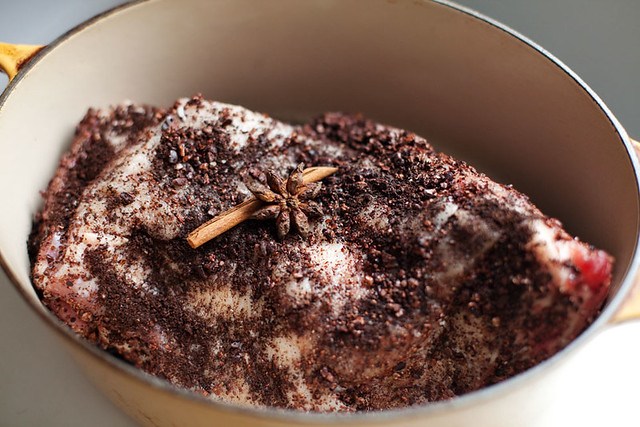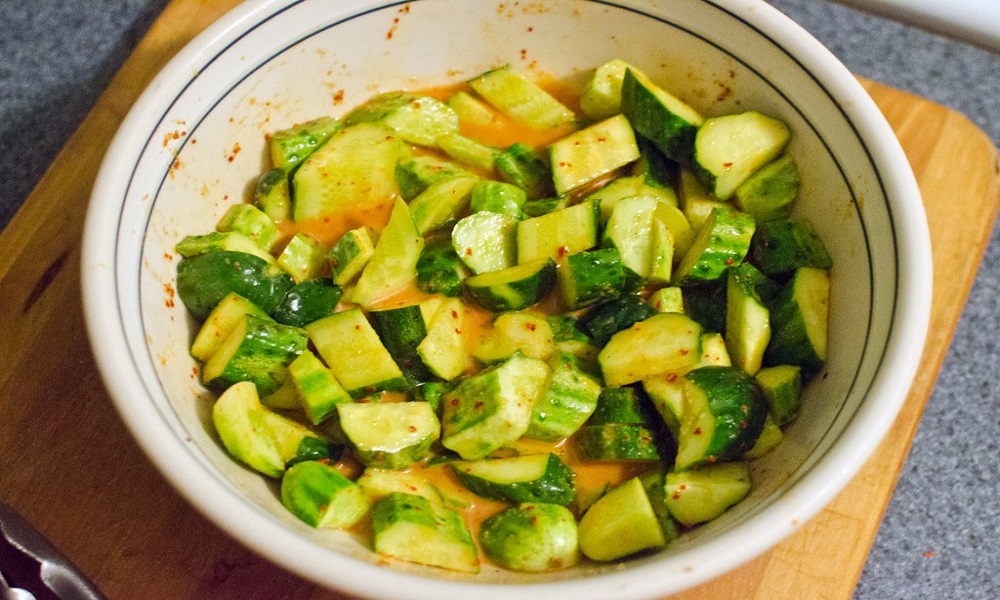Brown paper bags—the kind that crinkle with promise when the delivery driver hands them over—have become stealth parenting weapons in America’s dinner table cold war. Alex MacLaren, whose trick of serving homemade food in takeout containers recently went viral on TikTok, discovered that this simple packaging swap completely transforms how her children respond to the exact same food.
“Gaslighting is a pretty big part of my parenting strategy,” MacLaren candidly admits in her video, where she unpacks a brown paper bag announcing, “We ordered in food, this is an Italian place,” while revealing her own homemade chicken cacciatore with rice. The transformation was like watching those before-and-after makeup videos—same product, completely different reception.
The Packaging Placebo
The hack requires nothing more sophisticated than Amazon-ordered takeout containers and what parents are calling Oscar-worthy performances at dinnertime. MacLaren got the idea after ordering takeout containers from Amazon to pack her daughter’s lunches. Seeing its success, she realized the same approach could work for dinner. She transfers home-cooked food into delivery packaging, completes the illusion with paper bags, and watches as children who moments earlier might have rejected the same meal suddenly can’t get enough.
Her videos have captivated audiences across social media platforms, with many viewers hailing the approach as “genius.” TikTok has amplified the trend with parents documenting the before (rejected plates) and after (clean containers) with the smug satisfaction of magicians revealing their secrets to an appreciative audience.
The Psychology Behind the Package
The packaging phenomenon taps into what psychologists call “the expectation effect”—a mental shortcut where perception dramatically influences actual experience. (Like how that gas station coffee suddenly tasted better when they installed fancy machines.)
When children believe they’re getting restaurant food, they approach it with positive expectations built from previous enjoyable experiences. The fancy packaging creates what many parents in the comments are calling “the restaurant effect”—elevated expectations that make ordinary food taste better simply because of its presentation.
This phenomenon isn’t limited to children either. As one commenter noted on MacLaren’s video: “If I were your kid, even if I knew it was homemade, I would still want the ‘takeout’ experience.” Adults too find pleasure in the ritual of unpacking food, suggesting our relationship with meals extends beyond mere taste.
The Ethics of Dinnertime Deception
MacLaren has only pulled this trick a handful of times on her children, ages 3, 6, and 7. To maintain the illusion that restaurant food isn’t an everyday occurrence, she tells her kids that restaurants send free food in exchange for social media promotions.
When questioned about potentially misleading her children, MacLaren brushes off concerns with battle-hardened parental pragmatism. “I’ve gotten comments like, ‘You’re lying to your kids,’ but gaslighting is a pretty big part of my parenting strategy,” she states. “Why are we overthinking everything?”
The approach raises legitimate questions about teaching children about food, though many parents clearly believe the ends justify the means. In one revealing moment from her video, when MacLaren suggested to her children, “I bet you I could make this,” one child immediately responded, “I’d rather a restaurant.” Mom’s knowing glance at the camera speaks volumes.
The trick arrives as inflation pushes restaurant prices into luxury territory while grocery costs remain merely painful. MacLaren’s approach offers harried parents a tactical advantage—nutritious, budget-friendly meals that satisfy children’s desire for the forbidden takeout fruit without the accompanying credit card statement.
What began as one mom’s desperation move has transformed into a parenting movement that would make marketing executives study with envy. The takeout trick reveals an uncomfortable truth about human nature that extends well beyond childhood: sometimes the packaging matters more than the product. Just don’t tell the kids. It’s also more motivational, when foods are easy to make, like easy foods you can make in the air fryer.


